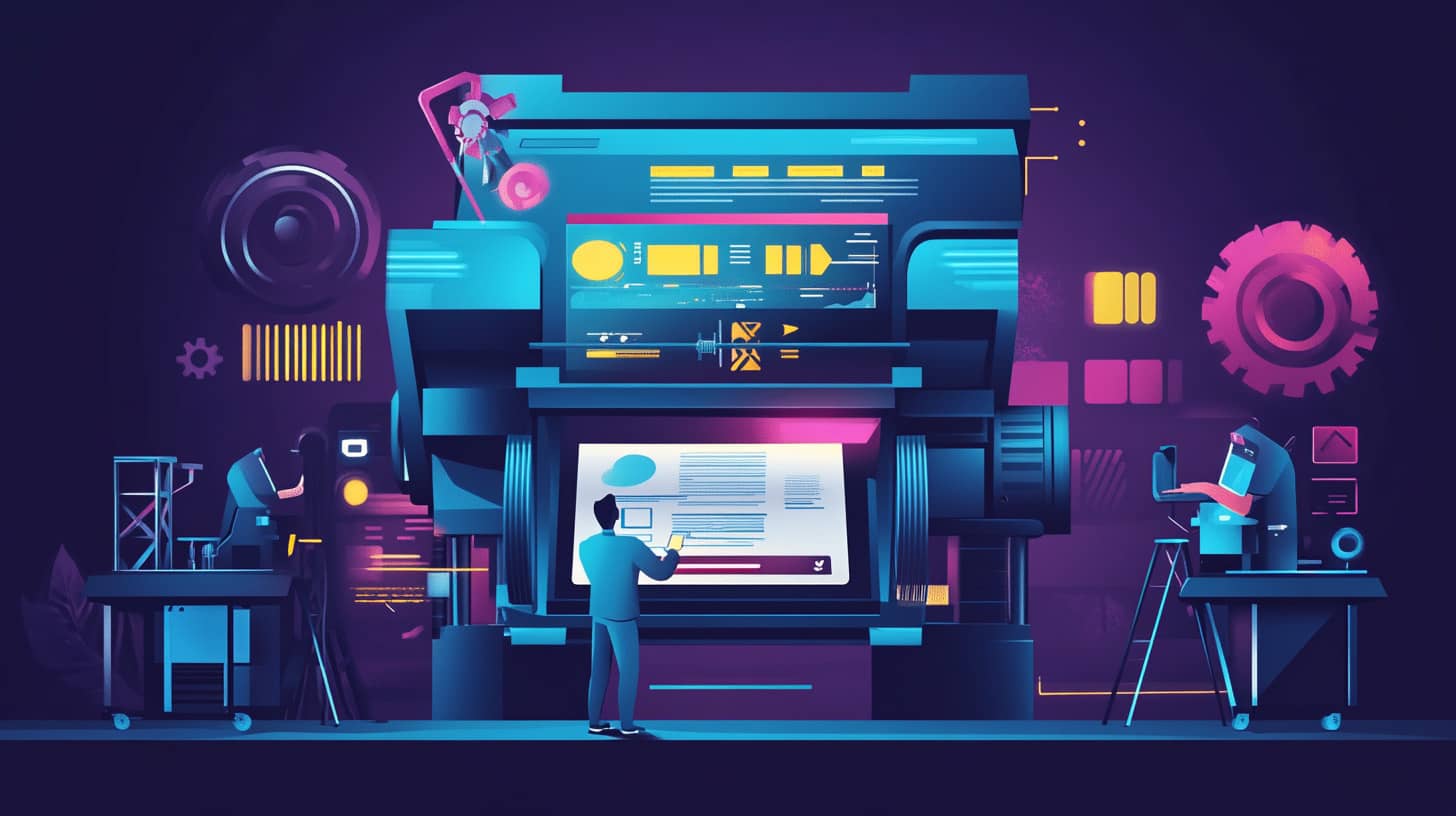Great content doesn’t start with writing — it starts with remembering. For solopreneurs building a daily publishing engine, the biggest bottleneck isn’t the AI—it’s the input. You can’t publish what you haven’t captured. That’s why Mem.ai is a game-changer.
- 1. Why traditional note-taking fails creators
- 2. What makes Mem.ai different from other note tools?
- 3. Real-world use: from chaos to clarity
- 4. Use Mem.ai to transform notes into publishable content
- 5. Verified productivity: automation without overthinking
- 6. Daily idea-to-content flow (with Mem at the center)
- Ready to build your daily engine?
As explored in our publishing strategy guide, scaling your content creation requires more than scheduling tools or auto-posting. It starts with creating a system that feeds your AI tools real ideas — consistently. And in the idea capture tutorial, we showed how structured input transforms creativity into a repeatable publishing flow.
ng flow.
Mem.ai bridges both needs: it’s your daily idea inbox, your long-term memory, and your first draft assistant. All in one.
1. Why traditional note-taking fails creators
Most creators still rely on sticky notes, scattered docs, or inbox drafts to collect ideas. These systems don’t scale. They’re:
- Hard to search when you actually need them
- Disconnected from your publishing workflow
- Not designed for creative momentum
This fragmentation leads to missed insights, duplicated work, and the dreaded blank page. In contrast, Mem.ai uses AI to capture, connect, and surface your thoughts—exactly when you need them.
2. What makes Mem.ai different from other note tools?
Unlike static note apps, Mem is dynamic. It learns from your notes and relationships to organize your knowledge automatically. Here’s how:
- Auto-organizing memory: No need to tag or folder. Mem uses time, context, and content to self-organize.
- Context-based recall: When you’re writing about a topic, Mem suggests related notes—even from last month or last year.
- Integrated AI writing: With the built-in GPT-4 assistant, you can turn notes into outlines, tweets, or full paragraphs instantly.
This makes it perfect for creators who publish daily and don’t want to waste energy switching tools.
3. Real-world use: from chaos to clarity
Let’s say you’ve had 7 new ideas this week while on the go: voice notes, article angles, podcast hooks. Normally, they’d get buried in different apps. With Mem, every input lands in one place — and when you sit down to write, the AI connects them into something coherent.
That’s how you turn chaotic sparks into a repeatable, scalable publishing system.
Stat check: According to the OECD 2023 AI productivity brief, creators using AI to manage their input-output loop report a 37% higher content throughput and reduced idea fatigue.
4. Use Mem.ai to transform notes into publishable content
Mem.ai is built for solopreneurs who need to think, capture, and create — without friction. Its AI organizes your thoughts automatically, then helps you shape them into usable content blocks.
Here’s a real-world workflow aligned with your publishing engine:
- Quick capture: Drop voice notes, thoughts, or links into Mem using its mobile app or browser extension. No folders, no manual sorting.
- Auto-organization: Mem uses context (time, people, topics) to tag and cluster ideas automatically in the background.
- AI recall: Type “/mem it” and the AI retrieves past related ideas or insights — even from months ago — and builds a fresh outline or paragraph draft from them.
- AI writing mode: Use Mem’s built-in GPT assistant to generate headlines, intros, tweet hooks, or blog sections based on your captured thoughts.
This turns daily idea fragments into structured, AI-augmented drafts — ready for human polish and publishing.
5. Verified productivity: automation without overthinking
According to a 2023 OECD report on AI productivity, companies using automated knowledge capture tools saw a 34% reduction in task duplication and a 22% increase in content production speed.
This isn’t just about personal convenience — it’s a scalable tactic with measurable output gains, even across teams and industries.
Public Insight: In a 2023 U.S. NIST study, researchers found that AI tools combining capture and generation features “consistently outperform single-purpose systems” in content workflows.
Mem.ai embodies that principle — it doesn’t just save your ideas. It activates them.
6. Daily idea-to-content flow (with Mem at the center)
Here’s how your publishing engine looks with Mem in the loop:
| Phase | Tool / Action | Output |
|---|---|---|
| Capture | Mem mobile or voice-to-text | Raw ideas, headlines, prompts |
| Contextualize | Mem auto-tagging + clustering | Related notes grouped by theme |
| Generate | Mem AI / “/mem it” prompt | Outlines, tweets, blog paragraphs |
| Refine & Publish | Manual edit + scheduling tool | Daily authentic content |
This is your daily publishing loop: powered by AI, grounded in your voice.
Ready to build your daily engine?
If you’re serious about turning scattered ideas into a daily stream of content — without relying on inspiration or wasting time — Mem.ai is your capture hub.
Head to our tools section to grab the free AI Publishing Engine Map, where we walk you through building a full Mem-powered workflow, step-by-step. You’ll also get a link to exclusive access to Mem’s creator toolkit.






